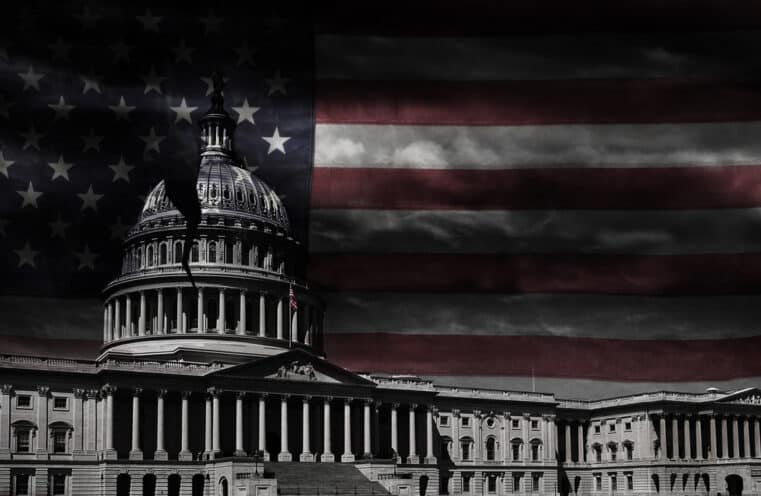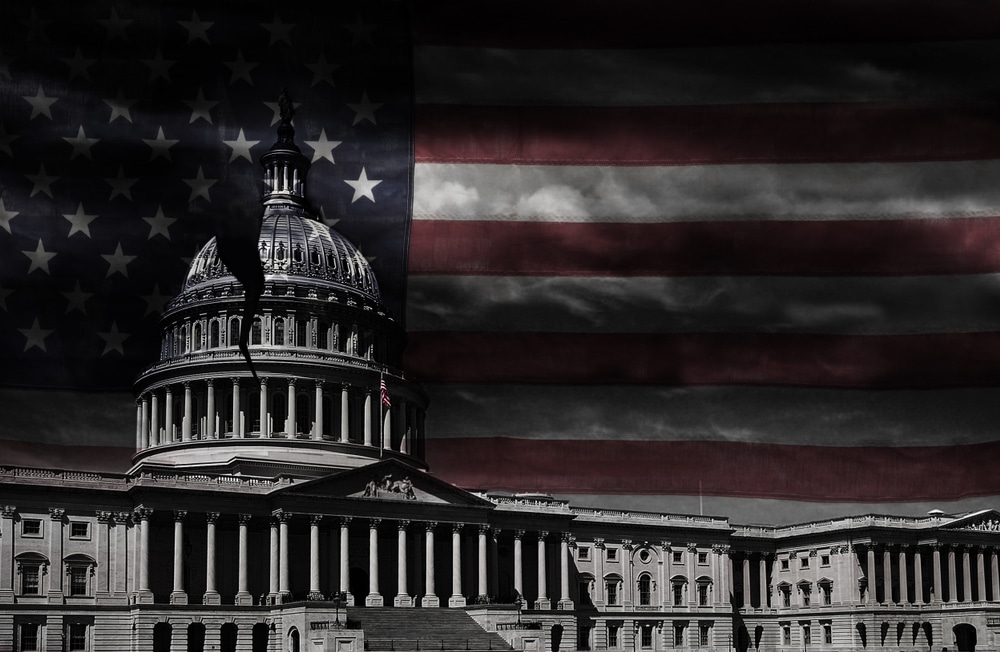Number of Investors Hedging Against Market Collapse Hits Record Levels
As market volatility appears to be reaching extreme levels once again, similar to what we saw toward the end of 2018, a large number of investors worth a collective $588 Billion are now hedging their portfolios.
A Bank of America Merrill Lynch (BofAML) monthly global survey revealed that around 34% of investors in the data sample have bought assets to protect their portfolios from another market crash.
Their biggest concern: the trade war between the US and China. As we’ve recently seen, market sentiment has become overly sensitive to the dispatches coming from the trade front.
Jim Cramer gave a perfect example when he said in a CNBC interview that the market has been too easily swayed by President Trump’s tweets rather than by fundamentals.
“Have you taken out any protection against a sharp fall in equity markets in the next three months?”
Up until May, global stocks have been rallying on hopes that the US and China will move closer to establishing a mutually beneficial trade deal.
The optimistic forecast was quickly derailed this month as negotiation uncertainties led to a massive trade war escalation, with the US levying tariffs on $200 worth of Chinese goods and China retaliating by placing tariffs on $60 billion worth of goods from America’s biggest exporters.
In response to the worsening trade environment, investors have greatly slimmed down their exposure to equities.
Those who have gone to cash 100% are likely to miss any upside should the current decline end up a mere correction.
Investors who shifted from one sector to another may not be so lucky under the conditions of a secular bear market, as the stock market tends to decline as a whole.
Investors who converted their stock gains to bonds and fixed income will likely see safer yet smaller returns.
All of the investors above who either went to cash, rotated to different sectors, or invested in fixed income remain unprotected against the erosion of purchasing power (as we know the Fed’s inflation gauge is under 2%, but the cost of living has increased far beyond that).
Interestingly, many investors expect the Fed to cut rates once again should the market drop another 18%.
And although the Fed barely has any room to lower rates, there’s a strong chance that they just might cut rates anyway, flooding more money into the system.
Flooding more money into the system means higher inflation, which in turn, raises the cost of living that even now (below the Fed’s 2% inflation target) is already becoming a burden to many Americans.
On the bright side of things, this inflationary environment will be bullish for gold.
It will also benefit investors who have decided to hedge by allocating a portion of their portfolios to precious metals in addition to retaining stock and bond exposure.
This way, they won’t miss out on growth during a bull or bear cycle, and they benefit from purchasing power protection, fixed income payments, and growth during periods of recession.
In short, they’re holding an all-weather portfolio that can provide growth and protection across all economic seasons.
If you would like to learn more about creating an all-weather portfolio, contact us at GSI Exchange.











